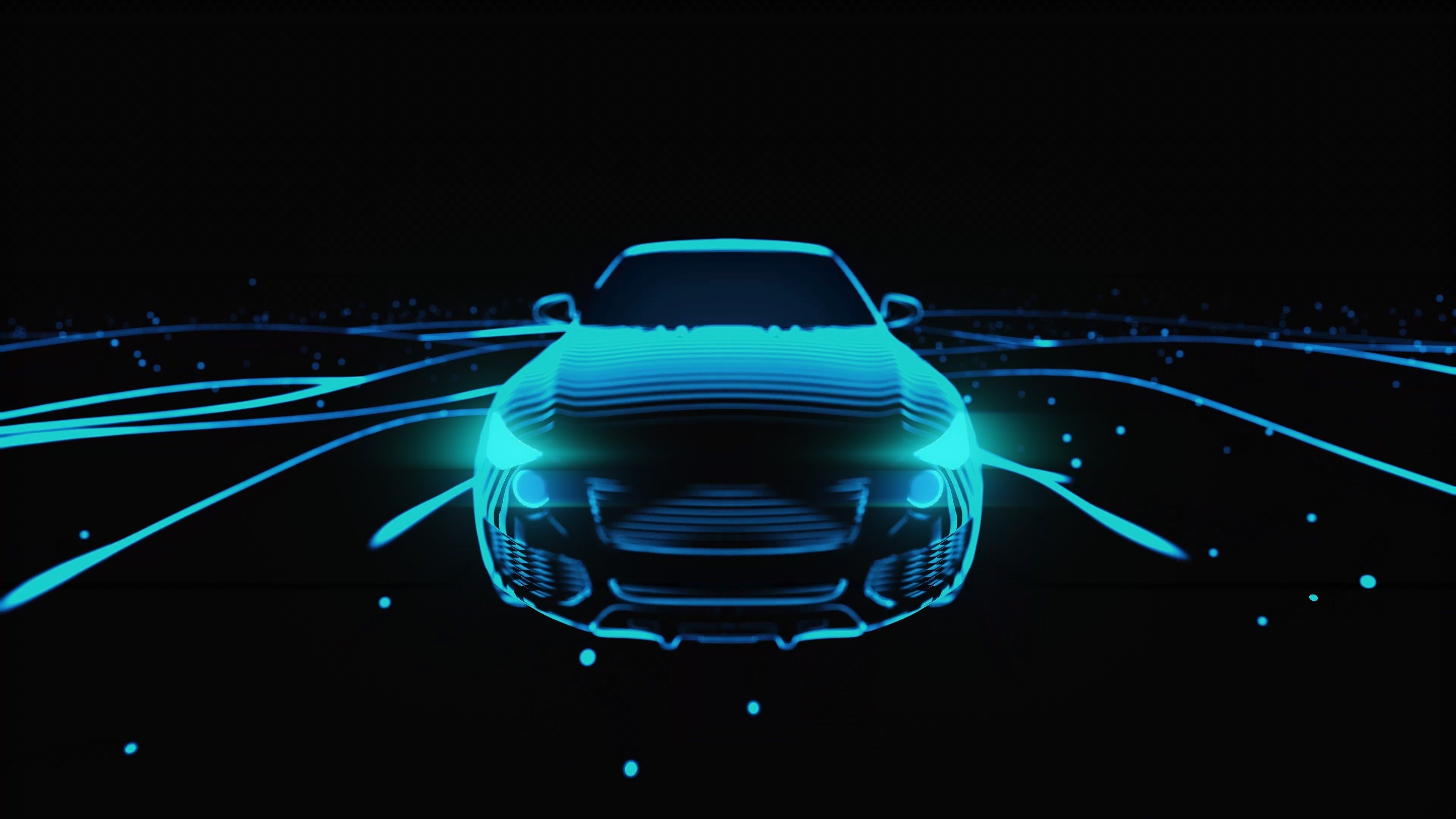- 11 December 2017
- David Harold
In the early 1980s, TV was full of exciting new fantasies about how technology would change our lives. From digital watches that would make us invisible (Gemini Man, a tech sadly still not here), through vehicular fantasies like Airwolf, to the full body augmentation of the Bionic Man/Woman. None captured my imagination more than Knight Rider, in which David Hasselhoff’s Michael Knight was a costume-less Batman and the Batmobile was almost as smart as he was. KITT was not merely an AI, it possessed a personality including foibles like sulkiness, jealousy and heroic traits. The origins might have been in Disney’s child-friendly Herbie, but KITT was something else. Sleek, mirror black, with a purposeful sweeping LED, KITT looked ‘the part’. And that part was the future.
Perhaps because of my early fascination with KITT I’ve always hankered after a car that can drive itself. Adventures optional. So I’m always surprised when I hear people say they don’t like the idea of autonomous vehicles and feel the need to jump in in defence of our four-wheeled future friends.
Here then, in no particular order are the key things that, in my opinion, make autonomous vehicles so attractive.
- My car can see better than I can.
Thanks to high dynamic range (HDR) cameras, my car can identify images whatever the conditions and, with its ability to see in other ways, it can see in the dark far better than I can, even with the best LED lights. Even a straightforward processor designed for automotive vision probably includes an Image Signal Processor (ISP) for acquiring image sensor data, a vector processor such as a PowerVR GPU for efficient data-parallel operation on pixels and feature vectors, and a multi-core or multi-thread CPU for implementing higher-level heuristics and decision making. A more sophisticated sensor-fusion device will further combine vision processing with technologies such as radar, ultrasonic, sonar and LIDAR, as well as input from compasses, accelerometers and wheel encoders. Finally, my car can see in 360° with its sensors — no more blind spots!
- My car can tailgate safely.
With platooning technology, AI, present either in the lead vehicle or the Cloud, controls acceleration, braking and steering for several vehicles. Because the cars work in tandem they can drive together much more closely, and because they are of one mind they are not going to unnecessarily apply the brakes, change lane, or change speed, away from the optimum greatly enhancing fuel economy.
- My car can do several things at once.
In autonomous vehicles, the ability to recognise a large number of objects, from road signs to cats, and to understand them in a range of contexts, has to happen instantaneously within the system; it’s of no use to have advanced collision avoidance systems if we cannot provide real-time response. We need to enable comprehensive real-time in-system intelligence, which is something to which the highly parallel nature of a PowerVR GPU from Imagination Technologies’ is ideally suited.
- My car drives as well as I do.
OK, I’ve said ‘as well’ but perhaps I should say ‘better’. One of the reasons platooning is so attractive is that real drivers simply can’t do it, not even with trained reflexes and total focus. Focus is one thing AI has in spades. Where we might get tired after a few hours driving, the car has no sense of time. It is forever in the moment, prepared to use automatic breaking if conditions demand it. Parallel parking, the bane of new drivers, is another thing the car can do with pinpoint precision, and at greater speed and safety than a human driver, which matters on busy roads.
- I have better things to do.
Today I listen to audiobooks as I drive. I seldom see movies – between work, cooking and childcare there’s just not enough time – and I fantasize about a future where I can have movie night while I’m chauffeured home from work in my very own KITT. I’ll watch James Bond crash a million dollar Aston Martin into a river, but thanks to AI, unsafe driving will only be a vicarious pleasure. Speeding will be a thing of the past, I hope, and road accidents greatly reduced. I’ll sit in my car’s recliner, catching up on email or maybe chatting to my car AI (“Alexa, what did you dream about last night?”), wondering about how we ever lived with such dangerous roads or why anyone ever professed not to want autonomous cars.
This looked really futuristic in the 1980s. It kind of still does.
What do you think of the coming self-driving car future? Are you on-board, or fearful, either of the technology or the lack of human interaction perspective? Let us know in the comments below.
—
To keep up to date with Imagination Technologies you can follow us here on Twitter at @ImaginationTech.






